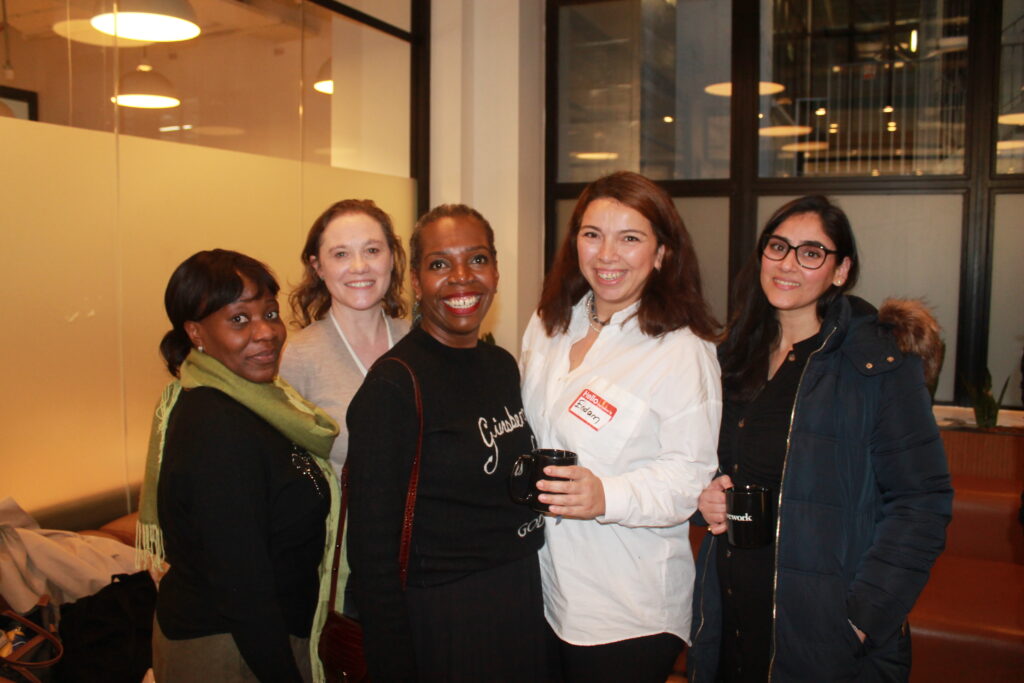Taking a break from work is more common than ever, whether it’s for personal reasons, further education, travel, or raising a family. But when it’s time to return, one of the biggest concerns is how to address your career gap on a resume. The good news? Employers today are more understanding of career breaks, especially if you frame them strategically. In this guide, we’ll cover how to explain employment gaps with confidence and provide examples to help you craft a compelling resume.
Did you know? According to LinkedIn’s 2022 Workforce Report, 62% of hiring managers say they are more open to candidates with career gaps than they were pre-pandemic.
Browse our resources
And free upskilling
Jump to:
- Choosing the best resume format for career gaps
- Addressing the career gap on your resume
- Leveraging a career break in your CV personal statement
- Showcasing career development during the break
- Using your cover letter to explain career gaps
- Preparing for interview questions about employment gaps
- FAQs: Explaining a career gap on your resume
- Final thoughts: Turning a career gap into an advantage
- References & further reading
Choosing the best resume format for career gaps
A functional or hybrid resume format is often best when you have a gap in your work history. These formats focus on skills and achievements rather than chronological work experience.
✔ Functional resume: Highlights skills and expertise over work history.
✔ Hybrid resume: Blends a chronological format with a focus on skills and projects.
Example resume section (hybrid format):
Professional experience
Marketing Consultant | Freelance | 2021 – 2023
- Managed digital marketing campaigns for small businesses.
- Increased social media engagement by 40% for multiple clients.
Addressing the career gap on your resume
We recommend reframing your career break instead of explicitly listing it as a “Career Break” on your CV. The goal is to highlight relevant skills and experience rather than draw attention to the gap itself.
Rather than leaving a blank space, integrate any activities, projects, or learning experiences from your career break into your work history or professional development sections.
For example:
Freelance Consultant | 2020 – 2022 (instead of listing ‘Career Break”)
Why? Recruiters focus on skills, achievements, and value, not just continuous employment. By repositioning your career break in this way, you showcase your capabilities rather than highlight a gap.
Leveraging a career break in your CV personal statement
Your CV personal statement or resume summary is a great place to address gaps positively.
Example:
“Marketing professional with 8+ years of experience in brand strategy and digital marketing. After a two-year career break for professional development, I’m eager to apply my expertise in a fast-paced, creative environment.”
Sick of being ghosted by recruiters?
Find out how to get past the CV-screening in our free CV masterclass
Register for freeShowcasing career development during the break
Employers value continuous learning, so highlight any activities that kept your skills sharp:
✔ Online courses (Coursera, Udemy, LinkedIn Learning)
✔ Volunteering or freelance work
✔ Side projects or personal initiatives
Example resume section:
Professional Development
- Google Data Analytics Certification | 2021
- Volunteered as a content strategist for a local nonprofit
Watch the video below to find out how to identify your skills and upskill quickly:
Using your cover letter to explain career gaps
Your cover letter provides an opportunity to offer more context about your career break while keeping the focus on your strengths.
Example:
“During my career break to raise my family, I stayed active in the field by completing certifications in social media marketing and managing a freelance blog. Now, I’m eager to bring my refreshed skills and industry knowledge to a dynamic marketing team.”
Preparing for interview questions about employment gaps
Example Answer:
“I took a two-year career break to care for my family. During that time, I completed a leadership course and did freelance project management. Now, I’m fully committed to bringing my expertise back to the workplace.”
If asked about your career break in an interview, use this 3-step approach:
Be honest:
- Briefly explain the reason.
Highlight skills gained:
- Show how you stayed engaged with your industry.
Emphasise readiness to work:
- Shift focus to your enthusiasm for returning.
FAQs: Explaining a career gap on your resume
Browse our resources
And free upskilling
Final thoughts: Turning a career gap into an advantage

A career break doesn’t have to be a red flag. It can be a testament to your resilience, adaptability, and continuous growth. The key is framing your experience positively and highlighting the value you bring to a potential employer.
Sick of being ghosted by recruiters?
Find out how to get past the CV-screening in our free CV masterclass
Register for freeReferences & further reading
-
Harvard Business Review:
How to Explain a Career Break on Your Resume
A practical guide by Harvard Business Review, offering strategies to frame career breaks positively on your CV. -
Indeed Career Guide:
How To Explain Employment Gaps in an Interview
Indeed’s comprehensive guide includes tips and examples on explaining employment gaps during interviews. -
LinkedIn Career Expert Guide:
How to Represent a Career Break on Your LinkedIn Profile
Official advice from LinkedIn on how to showcase your career break positively on your professional profile. -
The Muse:
Resume Tips: How to Deal with Employment Gaps
This resource from The Muse provides clear advice and examples for effectively communicating gaps on your resume. - Glassdoor:
Explaining Employment Gaps in Your CV
Glassdoor provides an insightful overview of how to confidently address career gaps when applying for jobs.
About the author: This article was written by Amelia Miller, published psychologist and fellow at Cambridge University, specialising in gender differences in hiring. Amelia Miller is the Co-Founder and CEO of ivee, the return to work platform.
Featured Blog Posts








